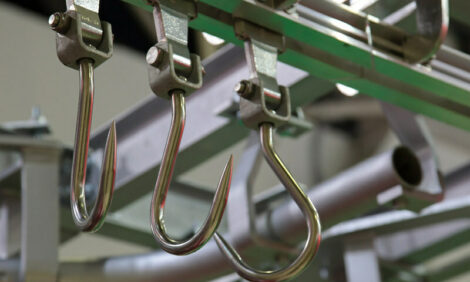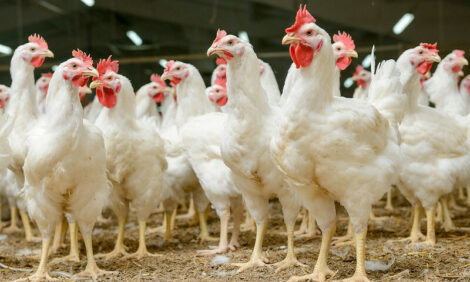



International Egg and Poultry Review
By the USDA's Agricultural Marketing Service - This is a weekly report looking at international developments concerning the poultry industry, this week following the latest news on the Avian Influenza outbreak.
Avian Influenza Update
The UN’s Food and Agriculture Organization (FAO) held the second
regional emergency meeting on avian influenza in Bangkok from
February 26-28, 2004. Representatives from 23 Asia-Pacific countries,
international experts and donor and development organizations
attended. Experts addressed issues including veterinary services,
surveillance and bio-security measures, carcass disposal, vaccination,
the economic effects of bird flu and rehabilitation. Experts warned it
took countries with abundant resources six months to bring previous
outbreaks of the virus under control. In Asia, it could take longer than a
year to stop the flu epidemic.
The conference recommended national campaigns to educate the
public about avian influenza, to categorize standards of poultry farms,
and to refrain from culling wild birds. According to the FAO, the avian
influenza outbreak could cost Asia at least US$500 million.
The number of affected countries has not increased since the beginning
of February. Outbreaks have continued within some of the countries.
*Japan had its third outbreak of avian influenza at a farm that raises
over 200,000 chickens for eggs. Tests confirmed the H5N1 virus. The
farm had shipped over 15,000 birds to market, even after 67,000 birds
had died at the farm in the prior 10 days. Japan's first outbreak was
January 11 and the second outbreak was February 17.
*Thailand had planned to declare its crisis over at the end of February,
however the disease flared again in 18 locations in late February. In a
press release on February 20, WHO reported the reappearance of
infection in poultry in provinces where extensive culling was previously
carried out.
*Up to February 27, China has 18 areas where at least 21 days have
elapsed after the last poultry had been culled. China has lifted the
restrictions on those areas. No new cases have been seen in China
since Tuesday, February 17, 2004. Up to February 26, a total of
7,961,400 poultry had been culled and 10,211,800 poultry had been
vaccinated.
*Vietnam has not had any new avian influenza outbreaks reported in
53 of the 57 infected provinces and cities in over three weeks. The
Ministry's Animal Health department estimated the country would be
declared free of the disease by the end of March.
Countries affected by the highly pathogenic H5N1 virus are Cambodia,
China, Indonesia, Japan, Republic of Korea, Laos, Thailand and
Vietnam. On February 25, 2004, FAO estimated 100 million birds had
been killed or destroyed in an effort to stop the transmission of H5N1 in
Asia (Thailand 36 million, Vietnam 36 million, China 8 million, Pakistan
4 million, Indonesia 15 million).
Sources: United Nations FAO, WHO, U.S. Department of State,
various news wires
Belarussian Poultry Production on the Rise
According to Deputy General Director of Belptitseprom Lyubov
Levenkova, Belarus produced five percent more poultry meat in 2003
than in 2002. Broiler meat, over 90 percent of total poultry production,
spurred that growth with a little more than five percent overall growth.
(Belptitseprom is the largest poultry association in the country. It
accounts for 90 percent of total Belarussian poultry production and is
comprised of sixty poultry enterprises and two compound-feed
production plants.) This growth was attributed to efficient production
methods, the introduction of highly productive breeds, and enterprise
reconstruction. Industry investments are expected to reach five million
euros in 2004.

Source: Statistics Committee of the CIS
To view the full report, including tables please click here (PDF Format)
Source: USDA's Agricultural Marketing Service - 2nd March 2004








